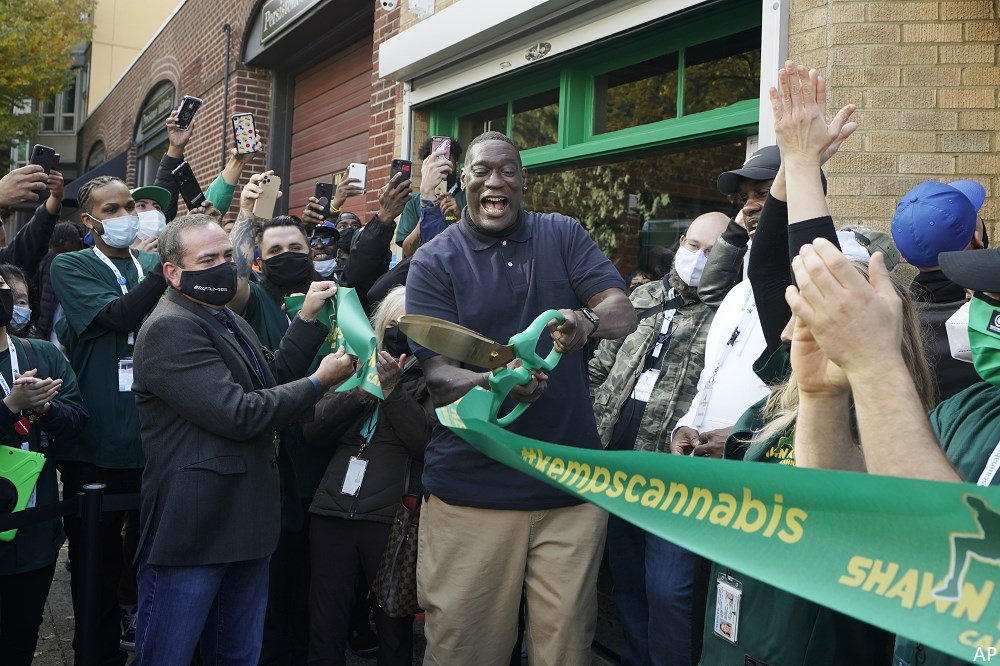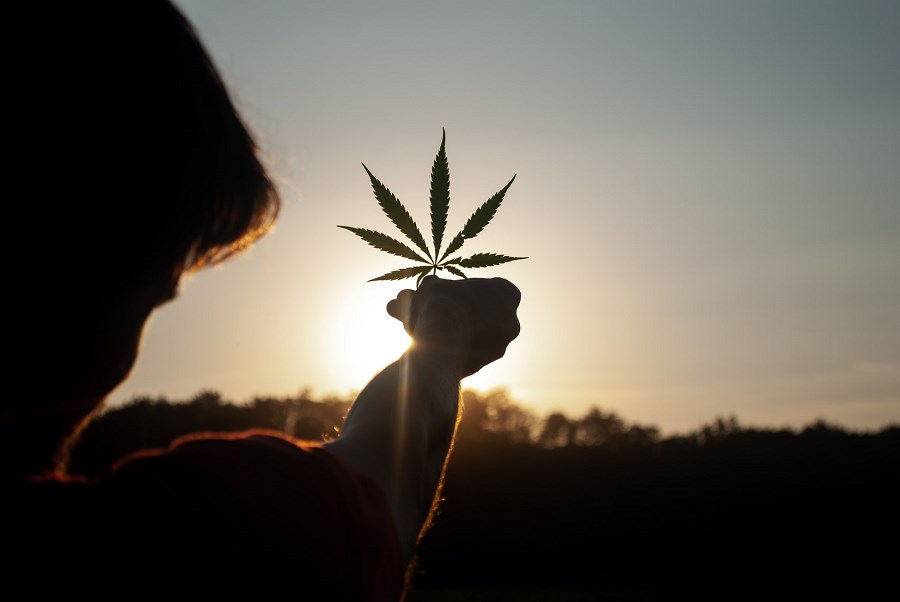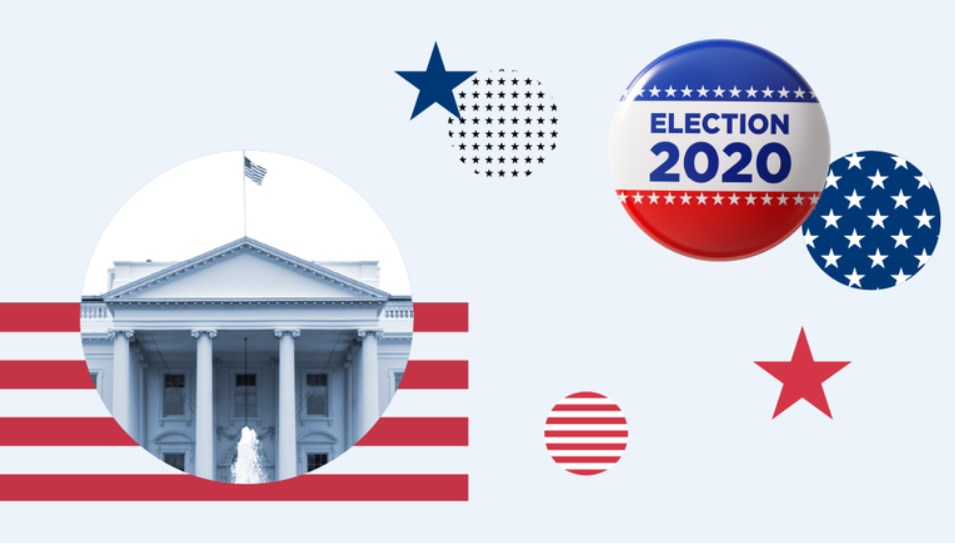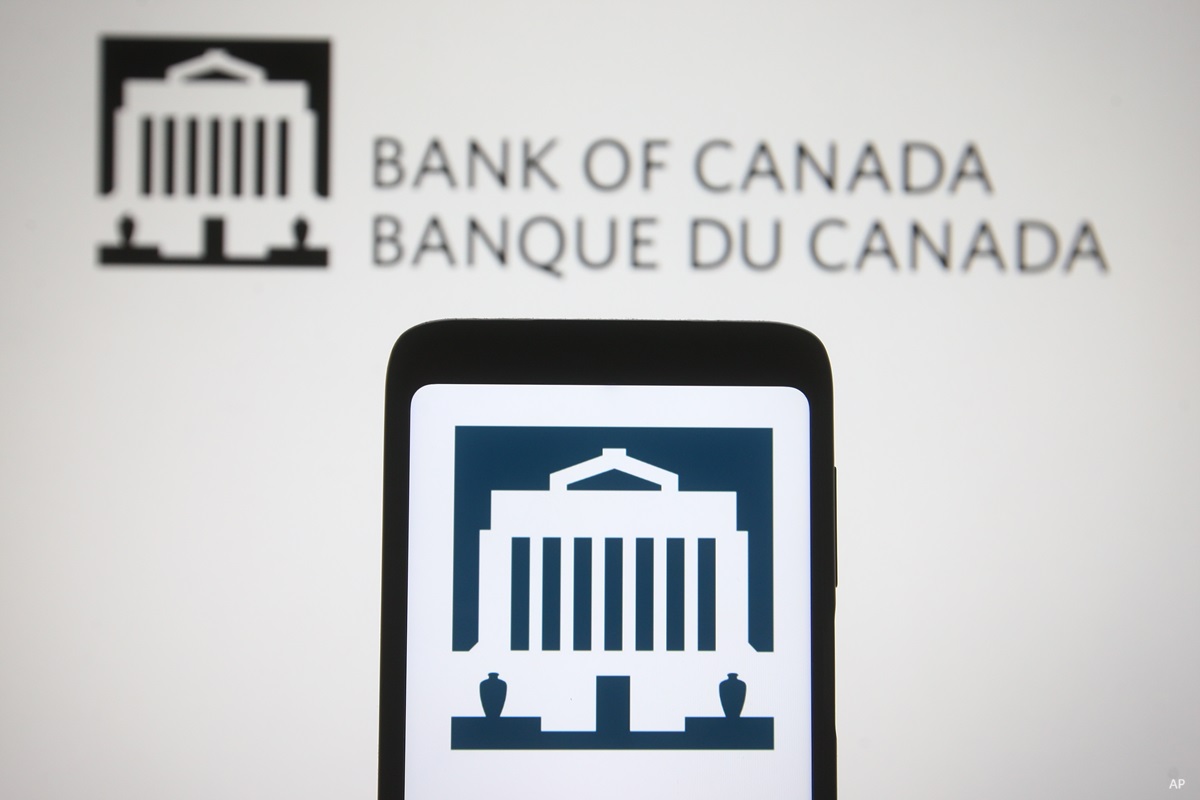
While the race for the U.S. Presidency was a close one, cannabis legalization won by a landslide in state referendums. Alongside a platform pledging decriminalization at the federal level, could we be on the cusp of a green tidal wave?
“Every ballot measure was approved, as Arizona, Montana, and New Jersey expanded legalization to recreational cannabis, Mississippi legalized medical cannabis, and South Dakota approved both medical and recreational cannabis in one day,” notes equity analyst Kristoffer Inton.
It was “extremely important” as potentially large state markets legalized recreational marijuana usage, notes Mark Noble, executive vice-president of ETF strategy at Horizons ETFs, which manages the US Marijuana Index ETF (HMUS).
Those states alone represent 21 million people, notes Nawan Butt, portfolio manager for Purpose Investment’s actively-managed Marijuana Opportunities ETF (MJJ), which as of November 10th holds over 80% of its portfolio in U.S. equities. “The domino effect in the northeast US is now in play. With New Jersey legalizing adult-use cannabis, New York and Pennsylvania (both having strong medical cannabis programs) will be eager to move forward in their adult-use cannabis reforms.”
And in the months leading up to the votes, Vice-President Kamala Harris also vowed to decriminalize cannabis at the federal level, signalling a growing acceptance of cannabis use among Americans across the nation, which could be the real bottom-up driving force behind state approvals.
The Buzz Gets Bigger
“It was what the people wanted,” says Butt. It was a 'grassroots' effort, a “truly democratic creation of a new industry overall,” he adds. Inton agrees, noting that he’s seeing a change in attitudes, and ultimately consumption, alongside a few key factors in between:
First, states have an incentive to legalize cannabis because of the bottom line. The heavily-taxed plant comes at a time of extreme fiscal constraint. “The coronavirus pandemic likely accelerates this trend as states look for new tax dollars to plug budget gaps,” Inton says. Butt sees this as a “top-down” influence, which apart from what occurred in Illinois, still tends to follow, rather than start the legislative change.
Second, with laws come more regulation, which means more safety, and which Inton thinks will lure more black market users into the legal market.
“There's been some friction here in the early stages as legal market prices tend to be higher. We think value and safety will eventually bring users into the regulated legal market,” says Inton. “An example of this is the vaping crisis last year, as an investigation suggested that much of the cases came from black market THC vapes.”
Finally, legalizing cannabis will encourage previous law-abiding non-users to give it a go. “Many of the US multistate operators cite these consumers as some of the most important target markets,” says Inton, emphasizing that while decriminalization at the federal level is promising, it won’t spur consumption and move markets like legalization would. “Having the party take the White House and Congress would likely have led to the most mass-scale proliferation of cannabis,” agrees Butt. But we’re moving in the right direction.
Small - but Meaningful - Steps
Eliminating the threat of being busted for a joint at the federal level brings wide-reaching implications, Inton says. “We think that it represents a broader trend for softening the federal stance on cannabis. And so, while decriminalization is a small step, we think that's a step towards things like opening up banks, opening up stock exchanges for cannabis companies, and maybe even eventually recognizing states' rights to decide the legality of cannabis within their borders. By 2030, we forecast a change to US federal law, but rather than national legal legalization like we saw in Canada, we think the US will pass a state's rights form of bill, basically allowing each state to decide cannabis' legality within its borders.” This may be addressed by the STATES Act.
For now, “the likelihood of decriminalization or full-legalization of medical or recreational marijuana has dramatically increased,” says Noble. Both Inton and Butt share the optimism.
Republican resistance from some states now seems less likely, with Butt noting that eight sitting Republican senators now belong to states that have legalized adult-use cannabis. “This could possibly tilt the scales when it comes to passing of the SAFE Act. The current $18 billion industry runs on cash and making SAFE banking available to the industry will massively increase efficiency, cut operating costs and, most importantly, lower the cost of capital for U.S. operators.”
“It gives U.S. operators access to key capital market institutions and funding mechanisms that have not been available to them. This would likely help the industry grow at an even faster pace with the ability to build nationwide networks of distributions and cultivation,” Noble says.
What’s NOT Priced In?
Butt highlights three key factors that are not yet priced into the cannabis market and could present significant upside.
First, there are still very few institutional investors in the space. “It’s about compliance - and avoiding lawsuits. At the moment, you might have some lawyers that are progressive – and others that are protective,” he adds. The ‘big money’, in the meantime, will be looking at peripherals to the cannabis sector such as equipment, research and related services.
Secondly, Butt sees the coronavirus pandemic at the consumer level as an underappreciated tailwind. “People are at sitting at home [and bored] – we’ve seen increased usage. It’s easier to access, with more delivery services. And with telehealth, patients are more comfortable getting prescriptions for medicinal marijuana rather than walking into a clinic,” he says, adding that a third wave could further these trends.
Thirdly, the sheer company fundamentals and pace of growth haven’t gotten the respect they deserve, says Butt. The performance and recent developments "confirm our long-term view for nearly 25% average annual growth for the U.S. recreational market and nearly 15% for the medical market through 2030,” adds Inton.
Want to Invest in Cannabis 2.0?
Learn about the companies most ready to grow in our latest Observer here




















